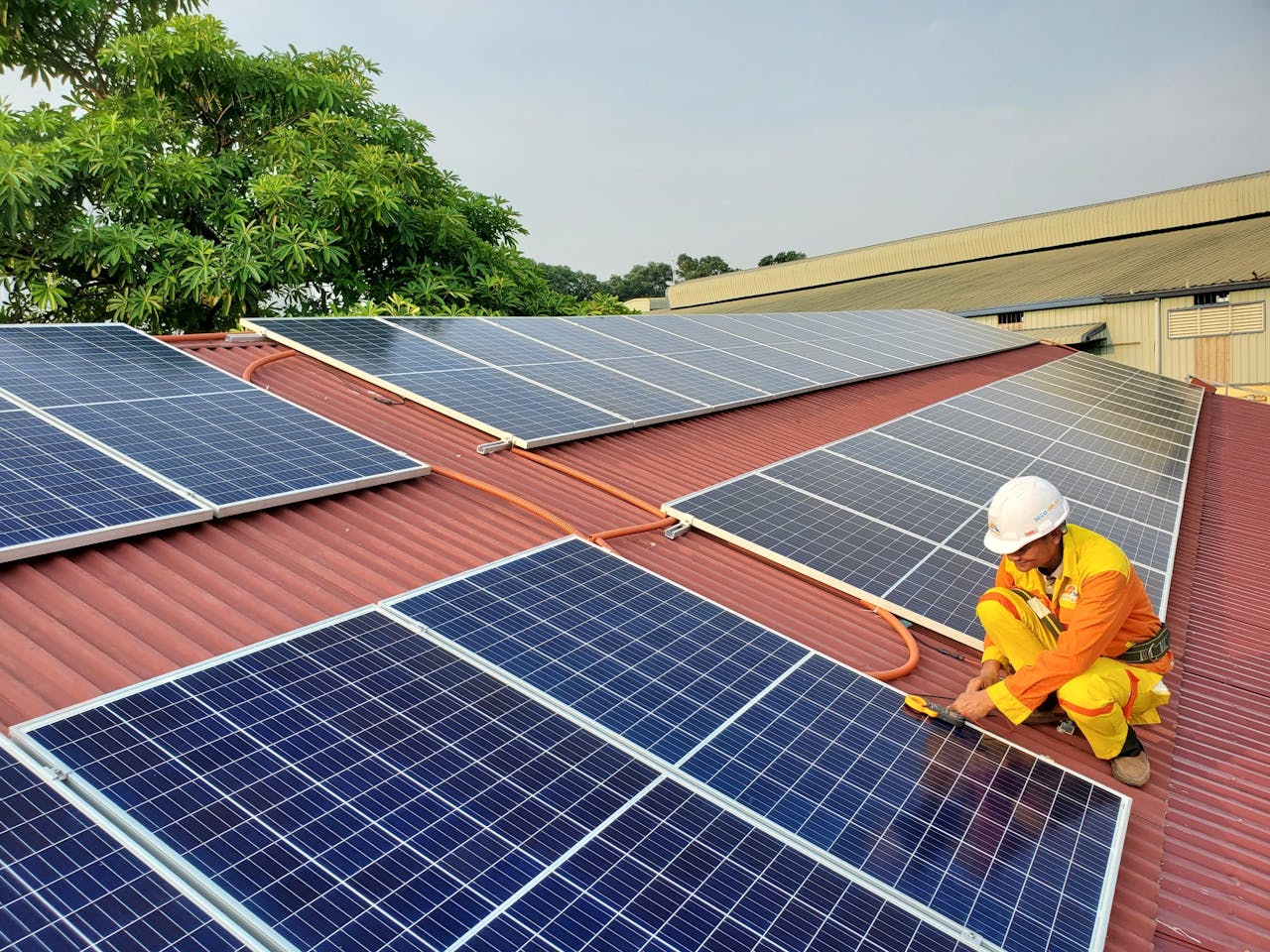Solar panels are a fantastic way to harness clean energy and cut down on electricity bills. However, there might be times when they don’t perform as expected. This can be due to a myriad of reasons, and recognising them is crucial for maintaining efficient energy production.
If you’ve noticed a drop in your solar energy output, understanding potential problems and solutions is key. Often, minor issues can be resolved with a bit of troubleshooting. Before reaching out for professional help, there are several steps you can take to identify and possibly resolve the problem on your own.
Getting to grips with what affects solar panel performance ensures you get the most out of your setup. Knowing what to look for will save you time and help keep your panels in top condition, ensuring your investment continues delivering benefits year-round.
Common Issues with Solar Panel Systems
Solar panels are generally reliable, but a few common issues can affect their performance. The accumulation of dirt, dust, and debris on the panels is one of the most frequent problems. This layer of grime can block sunlight, reducing efficiency. Shading from trees or newly constructed buildings can also impact solar panels by limiting the amount of light they receive.
Another factor to consider is the condition of the inverter, which is crucial for converting the solar energy into usable electricity. If the inverter is faulty or has gone offline, it can severely affect energy production. Electrical issues such as loose connections and wiring faults can also play a part in system inefficiencies. Checking for signs like burn marks, rust, or unusual noises can point towards these issues.
While some problems are easily resolved with regular cleaning or trimming nearby trees, others might require a more in-depth look into the system. Understanding these common issues can help in early detection and prevent more serious damage.
DIY Checks Before Calling a Professional
Before deciding to call in the professionals, there are several DIY checks you can perform to identify and possibly fix minor issues. Start by visually inspecting your solar panels. Look for any obvious damage like cracked glass or bent frames that might need attention. Ensure that there aren’t any large amounts of debris obstructing the panels.
Next, check the connections between the solar panels and the inverter, as well as the inverter itself. Loose or disconnected wires can easily interrupt power flow. Make sure every connection is secure and that there are no visible signs of wear or damage.
Monitoring tools can also provide essential information. Check your system’s monitoring app or meter for any alerts or warnings. Look at the performance data to identify drops in energy output that could indicate a problem. Compare the current performance with previous months and seasons to assess if the current levels are unexpectedly low.
By going through these steps, you may find simple fixes or at least have more detailed information to provide to a technician if professional help is eventually needed. This proactive approach can save time and money, keeping your solar system running smoothly.
Understanding Solar Panel Performance Metrics
To make the most out of your solar panels, it’s crucial to understand key performance metrics. These include optimal tilt, orientation, and output efficiency, each playing a vital role in energy production. Optimal tilt refers to the angle at which panels should be set to capture the maximum sunlight throughout the year. This angle can vary based on your geographical location, typically aligning with your latitude to maximise exposure.
Orientation involves the direction your panels face. In the UK, south-facing panels generally perform best, capturing more sunlight over the course of the day. However, east or west-facing panels can also be effective, especially if space constraints prevent a south-facing installation.
Output efficiency measures how effectively your panels convert sunlight into electricity. Several factors can affect this, including the type of panels used and their condition. Seasonal changes also impact performance, with shorter daylight hours and lower sun angles in winter potentially reducing energy output. Understanding these aspects helps in setting realistic expectations about solar power generation at different times of the year.
When to Seek Expert Help
While DIY checks can address many straightforward issues, there are times when seeking professional help is necessary. Recognising the signs that require expert intervention is important to prevent further damage. Persistent drops in energy output, frequent system alerts, or physical damage to panels or wiring are indicators that you should call in a professional.
Routine professional maintenance offers several advantages. Experts can conduct thorough inspections, identifying potential problems before they escalate. An annual maintenance check can extend the lifespan of your solar system and optimise its performance. Professionals have the tools and expertise to address even the most complex issues that you might miss during routine checks.
Conclusion
Maintaining your solar panels involves understanding performance metrics, conducting regular DIY checks, and knowing when to call for professional help. This comprehensive approach ensures that your system remains efficient and reliable, delivering maximum benefits all year round.
Are you ready to ensure your solar panels are performing at their best? Visit Shine Solar for expert advice and solar panel maintenance services that keep your system running smoothly. Let us help you maximise your solar investment with our top-quality support and expertise.

